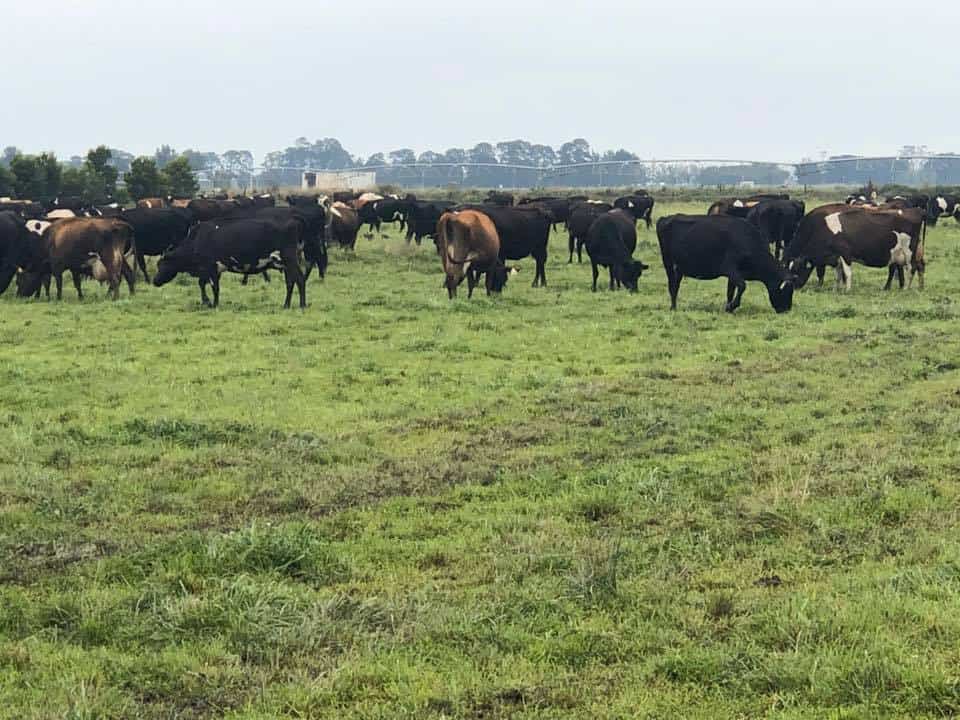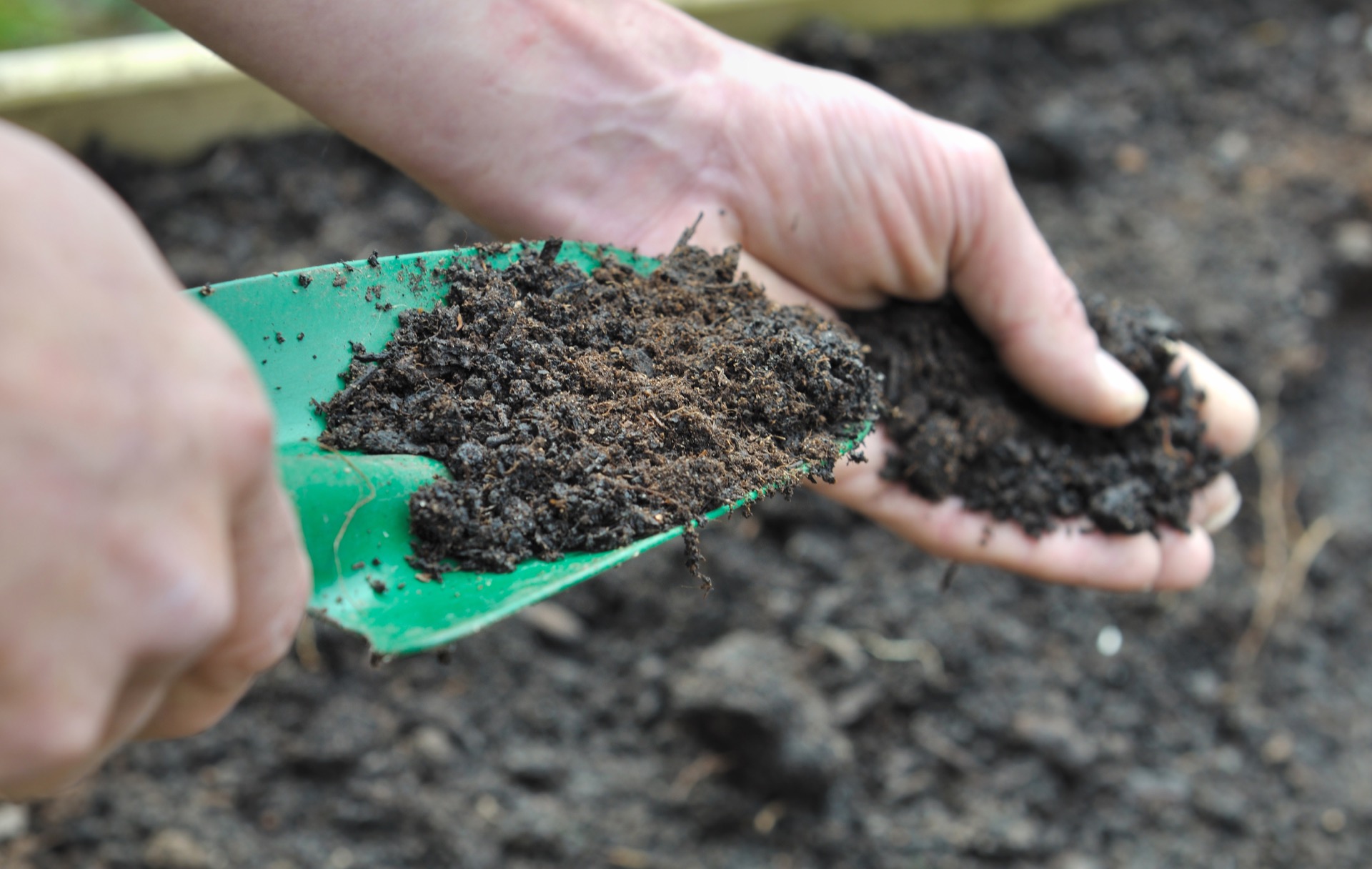
20 Sep What are the key performance indicators for high-performing biological, sustainable and organic agriculture?
I spend a lot of my time visiting farms and speaking to farmers about how to measure the health of their farming enterprises.
Many are now wanting to adopt a more sustainable approach to managing their land and livestock. And while ‘sustainability’ covers the quality of the land and its outputs, I’m also looking to give them an insight into how they can become more profitable through better land and livestock management.
My work with Victorian dairy farmers and other growers is the basis of the Biolink 4 Plants System. But more of that later.
To check the health of their farms, I look at two main variables:
- the amount and regularity of rainfall, and
- the level and type of nutrients in the soil.
These two factors are the key to making improvements in the productivity of any farm.
Having good rainfall in your area is like gold for your farm. Of course, managing the amount and frequency of rainfall is a bit out of our hands! We’re especially reminded of its importance in times of drought.
Nevertheless, it’s important that your dryland management or your irrigation system is set up properly to take advantage of any rain that falls. What I mean by that is building humus from carbon in the soil to give it the greatest water holding capacity. One unit of humus form carbon holds a minimum of 5 times it weight in water
What’s the ideal crop yield?
The following figures indicate yield per tonne that I’d expect to see for a variety of crops and pastures. For every 100 mm or 1 megalitre per hectare, you should see the following yield per hectare on your farm:
| TYPE OF CROP | Yield per hectare (tonnes) |
| Temperate Pasture species | 0.8 – 0.9 tonne |
| Kikuyu grass or lucerne | 1.5 tonne |
| Millet | 2 tonne |
| Sorghum types | 3 tonne |
| Maize (Corn) | 3.5 – 4 tonne |
These figures are from the Victorian Department of Primary Industries. They’re based on crops and pastures growing in Northern Victoria during a controlled Irrigation trial where all nutritional variables have been taken out.
To achieve higher yields than these, it’s essential that you maintain good nutrient feeding of soil and fertiliser and composting programs.
Testing the soil fertility on your property
Without nutrient-rich soil, farm managers will struggle to increase their crop yields. Soil testing is an important first-step to assessing the characteristics of your soil. This will help you make decisions about the type and amount of fertiliser and other additives you might choose to apply.
To measure the level of nutrients in the soil, I first look at the Total Exchange Capacity (TEC) or the Cation Exchange Capacity (CEC).
What’s the CEC measure?
The Cation Exchange Capacity (CEC) of a soil is the measure of the soil’s capacity to hold important cations (positively charged ions) such as calcium, magnesium, sodium, and potassium (and in some cases, aluminium is also measured).1
- This measure will give you an indication of the types and amount of calcium, potassium and magnesium available and associated ratios. Measuring exchangeable sodium can also be a useful way to determine potential soil structural problems.
- The type of clay and organic matter that your soil contains is the main influence on your CEC measurement.
- The exchangeable cations are usually reported in meq/100g soil and as a percentage of total cations.
This method of analysing the soil is roughly based on the so-called ‘Albrecht Method’ developed by William Albrecht at Missouri University (USA) in the 1930s.
Based on my experience and reliable industry recommendations, a healthy soil composition has the following components:
| Cations | % |
| Calcium | 68% |
| Magnesium | 12% |
| Potassium | 4% |
| Sodium | 2% |
| Hydrogen | 10% |
| Other | 4% |
| total | 100% |
The TEC or CEC test will also determine the capacity of the soil to hold mineral nutrients. In general, the holding capacity of the various soil types are:
| TYPE OF SOIL | Capacity to hold mineral nutrients |
| Sands and lighter types | 0 – 10; Low holding |
| Clays | 11 -20; Medium holding |
| Heavy clays to Peats | 20 – 30; High holding |
The soil analysis also considers the general mineral status of the soil. This includes the NPKS values – those are the macro-nutrients in the soil including nitrogen (N), phosphorus (P) and potassium – as well as minor minerals.
These four nutrients are super important because of the role they play in plant growth:
- Nitrogen (N) – nitrogen is largely responsible for the growth of leaves on the plant.
- Phosphorus (P) – Phosphorus drives root growth and flower and fruit development.
- Potassium (K) – Potassium helps the overall functions of the plant perform correctly.
- Sulphur (S) – Helps protein formation and mineralizing, releases magnesium locked in the soil for plants uptake. In cooler months, warms soil and allows greater biological activity.
When measuring NPKS, the higher the number, the more concentrated the nutrient is in the fertiliser.
Using this measure, I can judge whether there are adequate minerals in the soil to feed your crop and make the best use of rainfall. Depending on the result, we can prescribe the right amount of fertiliser for healthy plant growth
Finally, I look at the ratio of minerals between one another. Ideally, we’ll be aiming at these ratios:
| MINERAL COMPARISON | Ideal Ratio |
| Calcium – Magnesium | 5:1 |
| Potassium – Sodium | 2:1 |
| Magnesium – Potassium | 3:1 |
What are the key performance indicators for a profitable dairy farm?
A profitable dairy enterprise aims to use the greatest amount of home-grown dry matter (HGD) to feed its cows. The farmer would then only use supplementary feed where needed to drive optimum production or to ‘top-up’ home-grown fodder. In general, my advice to dairy farmers is that they’ll need a minimum of 4 tonne of HGD per cow per year.
The DPI Guidelines for feeding dairy cows

Based on trial work done by the Department of Primary Industries Victoria at Ellinbank, these are their recommendations for supporting healthy ruminants:
Where your stocking rate is about 1.4 cows per hectare –
- Maintaining this stocking rate all year round on the farm
- Feeding 1 kg of Grain supplement per day over the 300 days of lactation – around 9.1 tonnes of Home-grown dry matter per hectare
- This feeding regime should see cows consistently producing between 425 and 445 kgs of milk solids per cow per year.
Where your stocking rate is about 2.5 cows per hectare –
- Continuing to feed at the same rate of 9.1 tonnes of home-grown dry matter per hectare.
- Adding 1.2 tonnes of grain supplements per cow per year.
- This feeding regime should achieve a similar output of 435 to 450 kgs of milk solids per cow per year. However, the increased cost and the variability of a changing grain price, may affect profitability and increase financial risk for the enterprise.
Regardless of stocking rate, it’s best to aim for the optimum amount of feed per cow and per hectare to keep your financial risk low and increase your chances of profitability.



